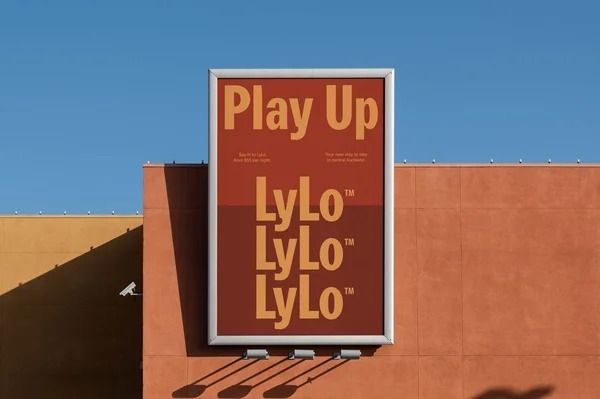Using Beauti-Tone’s 2017 Colour of the Year in Christmas Decor
Role of modern methods of construction in sustainability.
Extract of data published by Price and Myers for the embodied carbon of superstructures in projects with 2 to 10 storeys and excluding basements.. Today, engineered timber is a suitable solution to reduce embodied carbon in buildings but this may change in the future once the construction industry moves towards new materials as an alternative to standard concrete and steel.. Constructing with timber presents its own technical challenges, but using a science-based approach to find the best solution means we can deliver not just an honest building but a resilient, high-quality asset.. End of life global warming impact.Although timber captures carbon, if left to rot naturally in an open-air landfill, it releases the stored carbon as well as methane, which has a greater global warming impact than CO2.

If incinerated, it generates energy and does not release methane but still releases the stored carbon along with other pollutants.However, if reused or upcycled, carbon remains stored offering long-lasting environmental benefits..Some of these end-of-life difficulties with engineered timber relate to its size.

The use of screeds, which are bound to the surface of timber and structural fixings also make it difficult to dismantle and reuse.. Long span engineered timber elements also undergo non-reversible long-term deformations that can limit its feasibility to be reused as a structural element.However, upcycling of these elements is still a viable solution.. Our response is to:.

- Engage early with contractors to plan deconstruction scenarios and reduce waste sent to landfill.. - Adopt circular economy strategies for deconstruction and reuse, including:.
o Upcycling materials to put back in the local supply chain.. o Adopting the principles of buildings as material banks, urban mining, and use of material passports.. o Using bolted connections and smaller structural grids, which facilitate disassembly, cutting (if needed) and deconstruction.. Use membranes to decouple the slab from the screed and explore alternatives, such as dry screeds, sand and gravel screeds, floor dense boards, particle boards or cardboard and sand layers.. Procurement of timber and distance.The project adopted a holistic approach to sustainability with a wide range of design for wellbeing strategies, summarised below:.
Better daylight levels are achieved with healthy architecture principles.• The façades feature full height windows to enhance daylight quality.. • A strategically articulated layout improves privacy at the same time as promoting open views out..
Better air quality is facilitated via a variety of design for wellness strategies.• The use of a fully electric heating system helps reduce local pollution.. • Openable windows and the isolated nature of the development (reduced pollution and noise) enable effective natural ventilation.. • Air quality is further improved via existing and new vegetation, green and brown roofs.. • Pedestrianised common areas, traffic restrictions and the parking hidden in the undercroft level reduce local vehicle pollution..




